
An eco-friendly
spirit
In line with the Normandy Region’s environmental health and ecosystem vitality policy, the Calvados production ecosystem is in complete symbiosis with its environment.
The Calvados orchards
Calvados has 8,000 hectares of orchards dedicated to its production spread across Normandy. These are enough orchards to cover the equivalent of 27 Central Parks!

In this time of climate emergency, these 3 million trees act as excellent captors of greenhouse gases. Some estimate that the carbon sequestration in a cider or perry apple orchard is in the range of 35 to 50 tonnes of carbon/hectare over a 25-year period.
The wide diversity of fruit varieties ensures the sustainability of the harvests and a high resistance to climate variations. Orchards also create habitats for living organisms. Their horizontal and vertical structure provides a diversity of habitats and resources to encourage biodiversity: shelter in the winter, reproduction, food.
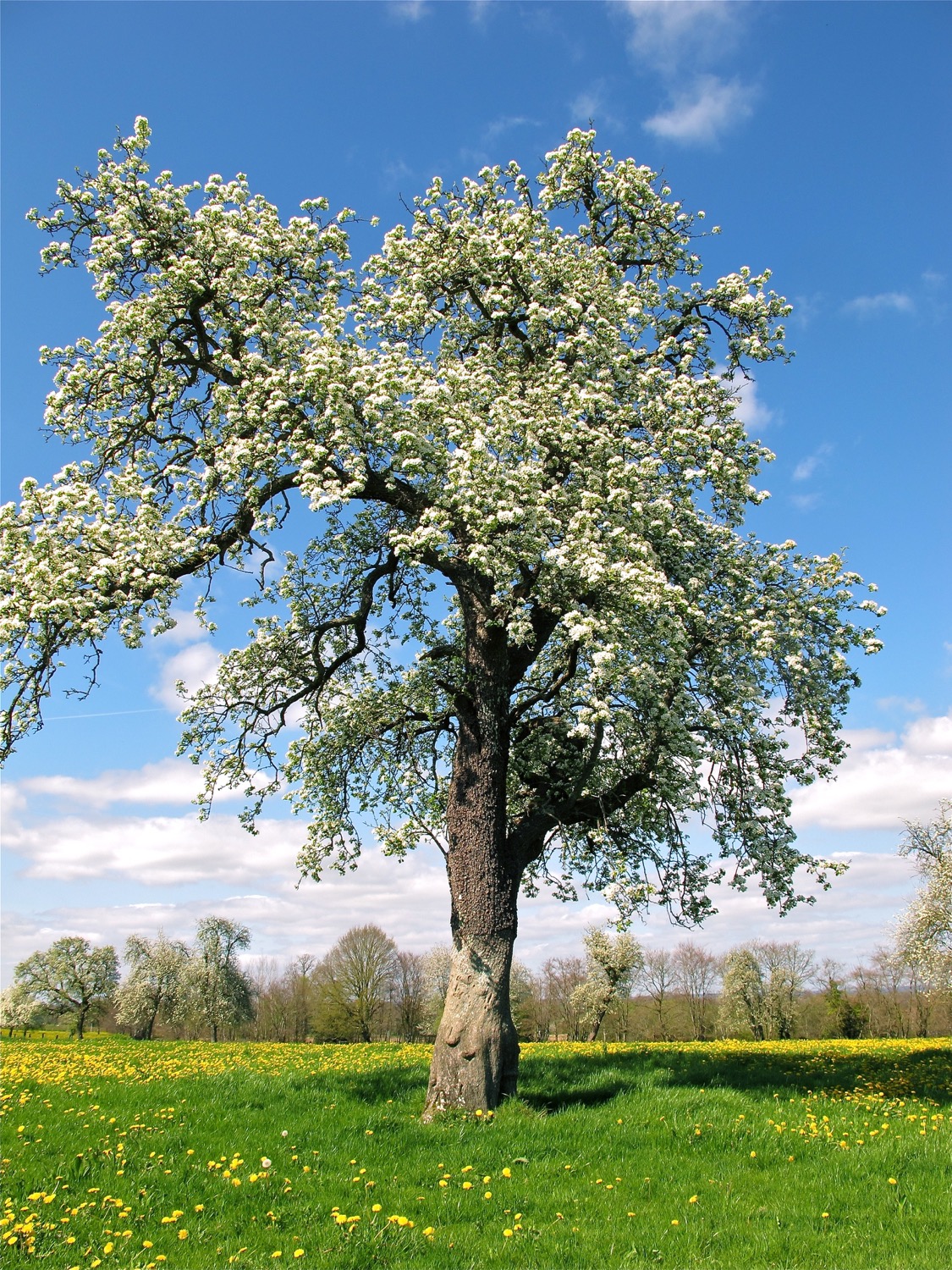

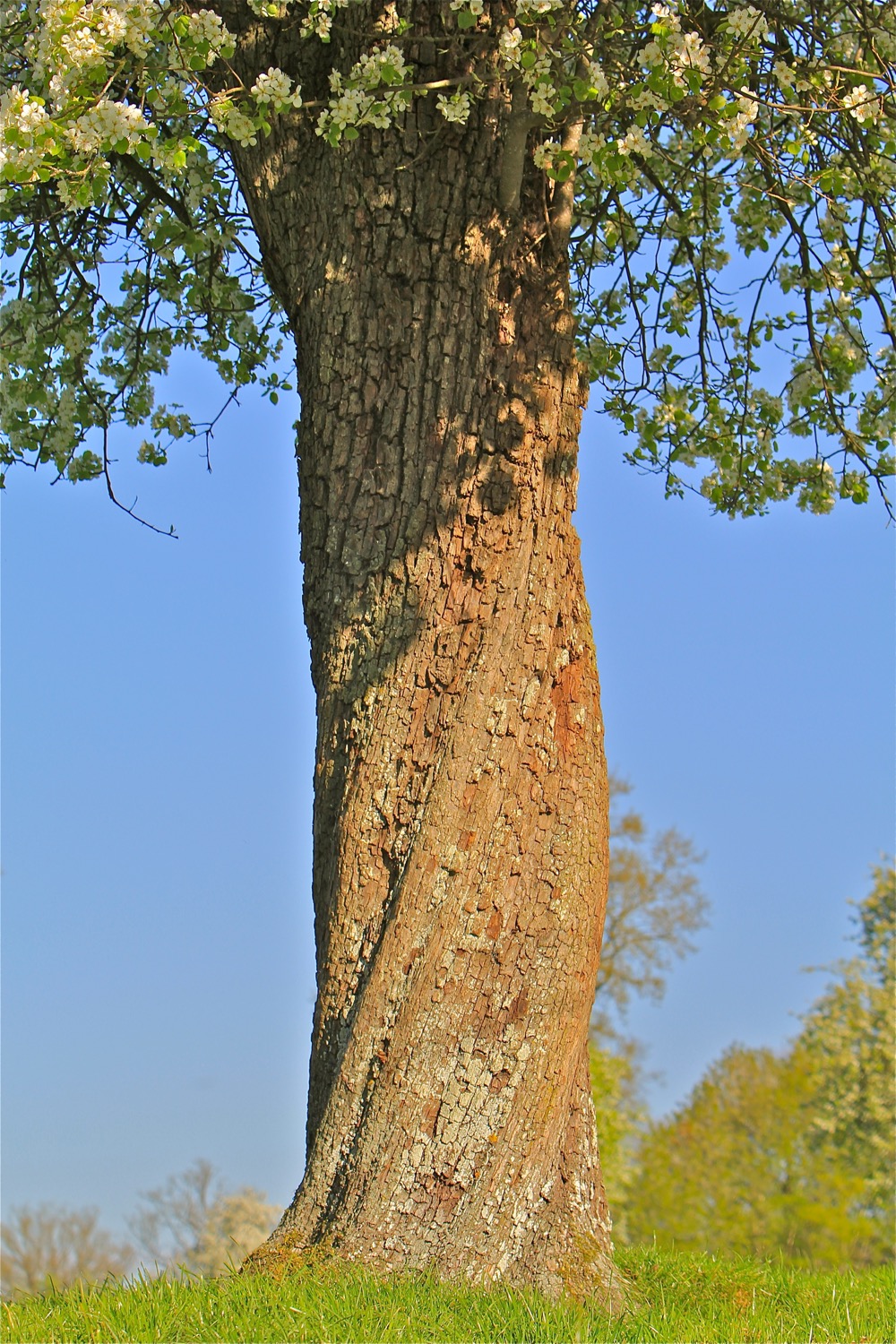
The orchards are home to an abundance of fauna.
The apples and pears are grown in the heart of the Normandy bocage, and several species of birds thrive here, particularly tits. These birds actively contribute to the natural predation of certain pests.
Observation centres also show that there is a greater presence of earthworms in an orchard than there is in a vineyard due in particular to the grassing of most of the plots.
The soils are therefore richer and better able to absorb the rainfall.
The apple tree cannot pollinate itself…
…and each orchard must therefore rely on bees and other pollinating insects to ensure the long-term viability of its fruit harvest. In spring, during the flowering period, the Normandy orchards are buzzing with bees!
The orchards’ ability to provide habitats for pollinators is estimated to be 4 times greater than that of field crops, particularly cereals.
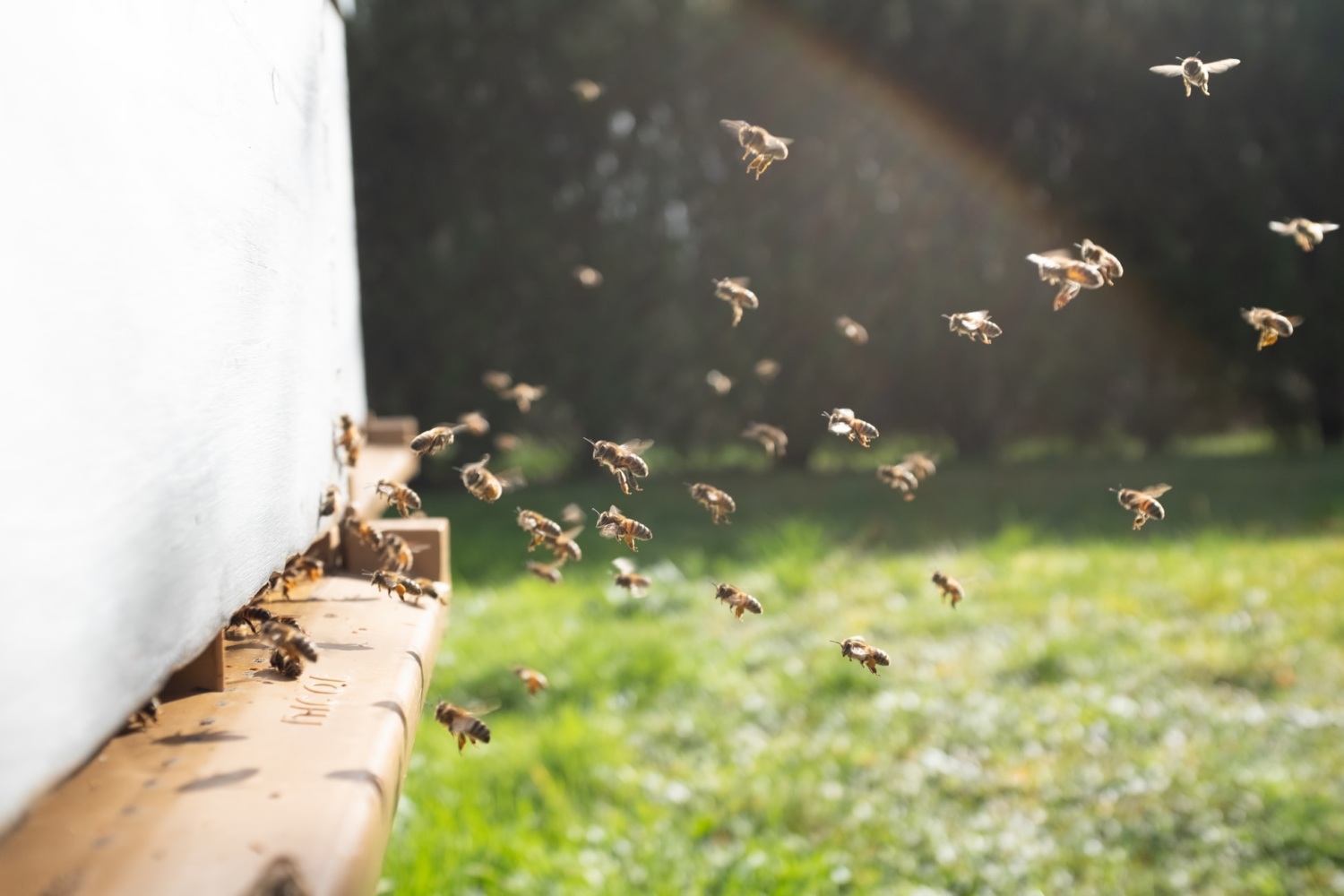
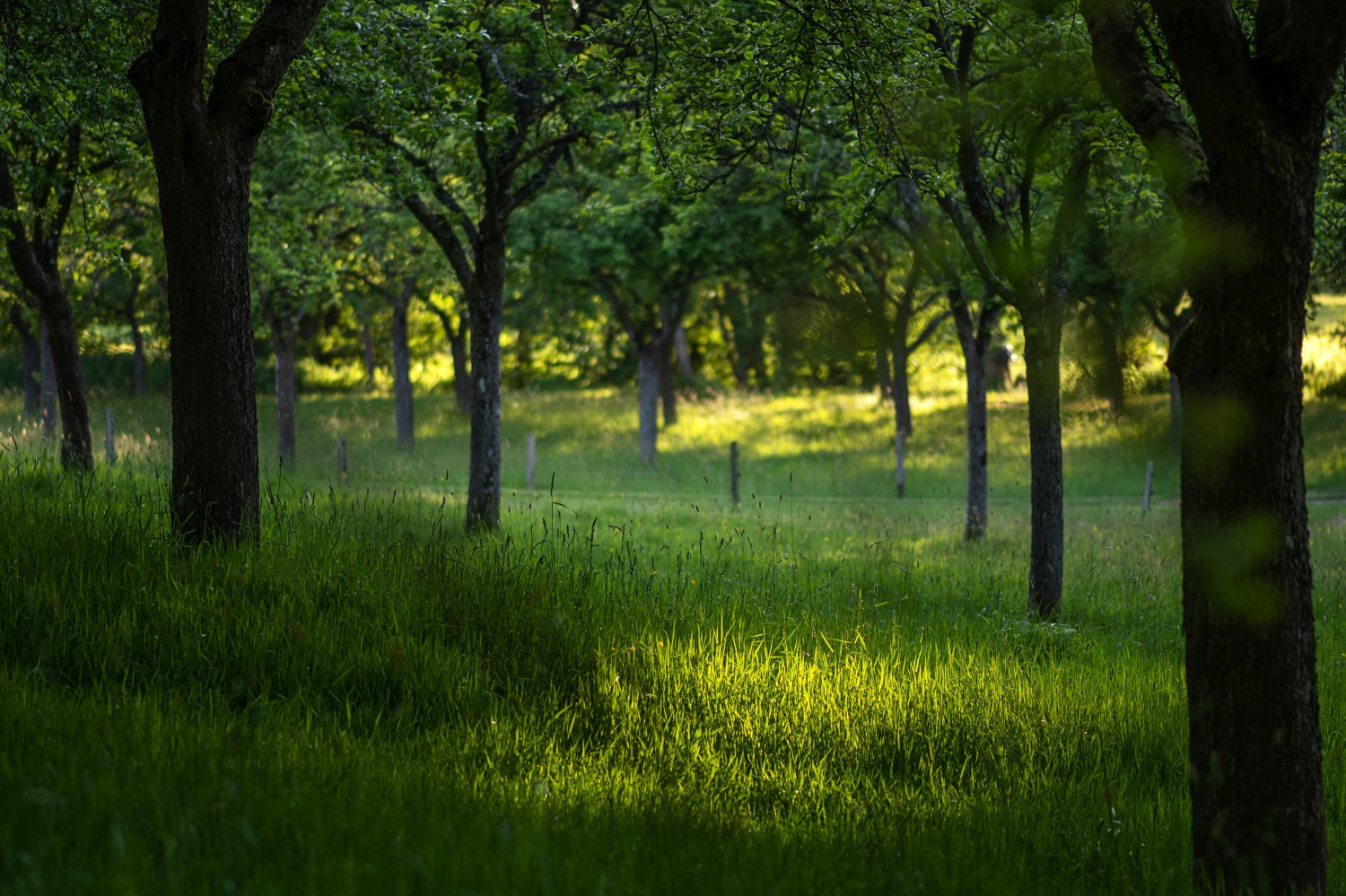
In terms of water usage, irrigation is prohibited in the orchards and the water consumed in the making of Calvados remains fairly low. A large volume of water is used for the washing of the fruit, but this is very often in a closed loop.
Lastly, orchards have various advantages when it comes to preserving the soil and combatting erosion: strong, durable root systems that enable a good fixation of the soil, permanent grass cover in the rows and inter-row areas, little ploughing of the soil, etc. In France, water erosion is responsible for the loss of 1.5 tonnes/hectare of soil each year.
In addition, the AOC ecosystem provides an important guarantee that the local area, native species and traditional know-how are being respected. Whether certified organic or not, Calvados production ensures a low level of phytosanitary product use with mixed farming ensuring that natural fertilisation takes place, thanks notably to livestock.
The amount of lost fruit is relatively low throughout the production chain: it is estimated to be less than 5%. In the Calvados industry, the producers are unconcerned about the aesthetics of the fruit (in terms of its shape, colour or conformity) and phytosanitary products are therefore not needed to control the fruit’s appearance.
Lastly, the processing of apples and pears produces many by-products including pectins, animal feed (for livestock in particular), fertilisers or anaerobic digestion.
The Calvados economy
With deep roots in the Normandy region for 5 centuries, the Calvados industry is essential to the vitality and dynamism of the Normandy towns and villages, in terms of both their agriculture and their economies.
This extensive local network allows these companies to work in close partnership with all the fruit producers in the area, both large and small.
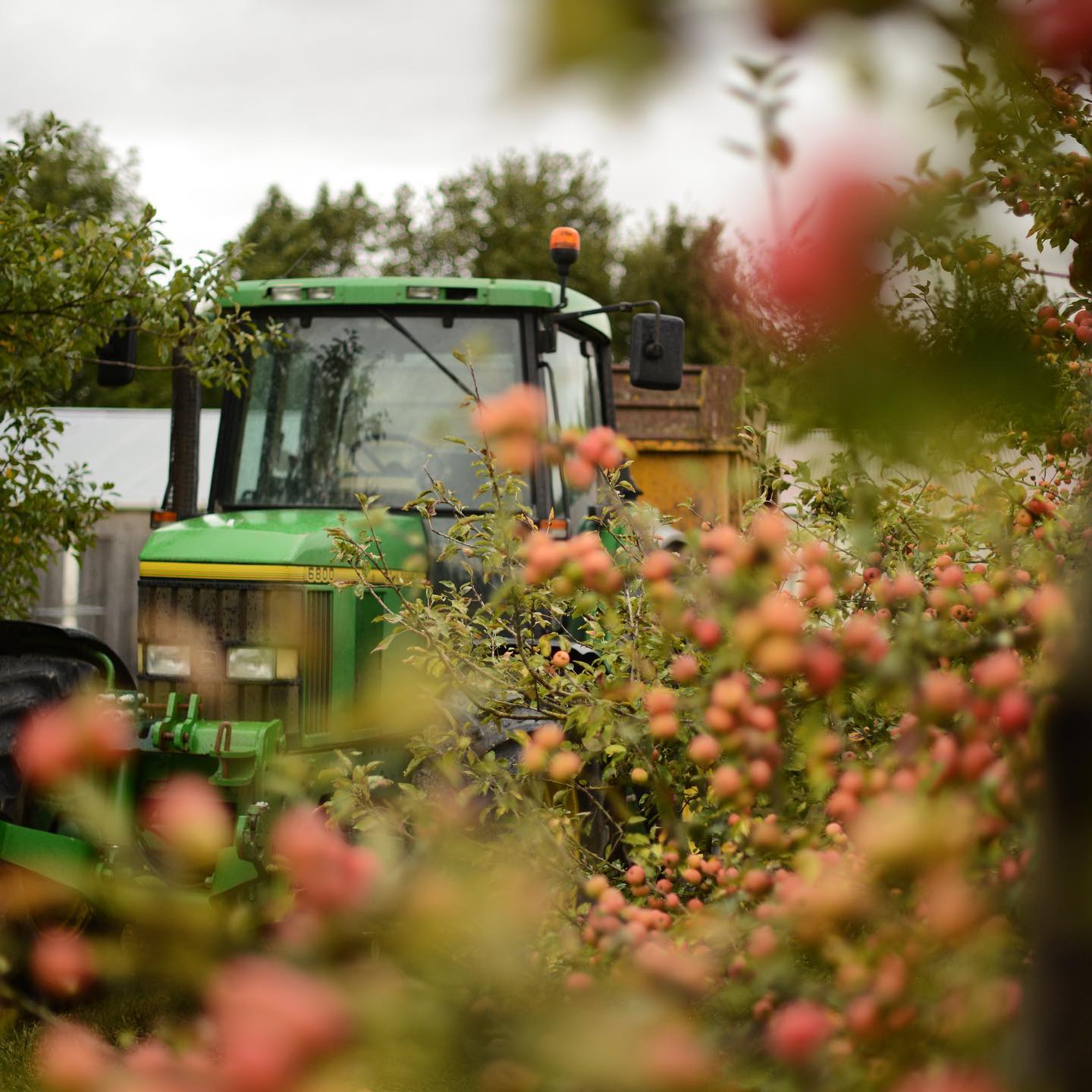
The supply of fruit to the distilleries is generally formalised by means of a contract, which also provides some security and continuity to all parties.
These days many distilleries are now actively engaged in some form of “spirits tourism” activity.
Every year, nearly 300,000 visitors from France and abroad visit the Normandy distilleries, some of which even boast “Entreprises du Patrimoine Vivant” (Living Heritage Company) status.
With private tours, cocktail workshops, picnics and various other activities on offer, tourists are learning more about Normandy spirit production and understanding the heritage value of the orchards that are an integral part of the countryside.
Because in Normandy, these orchards really do contribute to the aesthetics of the landscape and have a very strong symbolic and spiritual value. They are creating more and more leisure and tourism opportunities that contribute to the vitality and dynamism of the local area.
- 3 000 000 trees
- 300 Calvados producers
- 13871 hl of pure alcohol sold in 2024
- 5 million bottles sold in 2024
- +3.03 % sales increase since 2021
- 51% export sales
What is the Angels’ Share?
The “angels’ share” is the proportion of the volume of a spirit that evaporates during its ageing in barrels. Over the ageing process, the alcohol content will gradually decrease.


